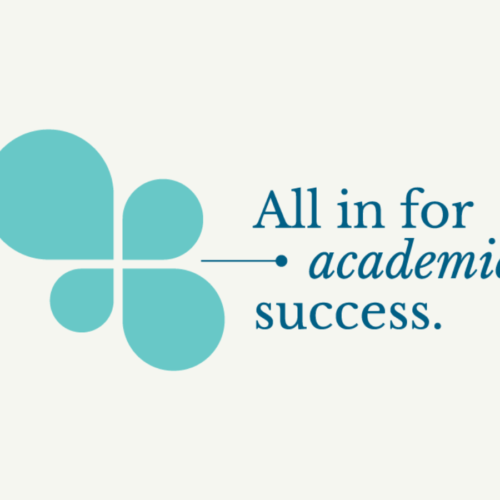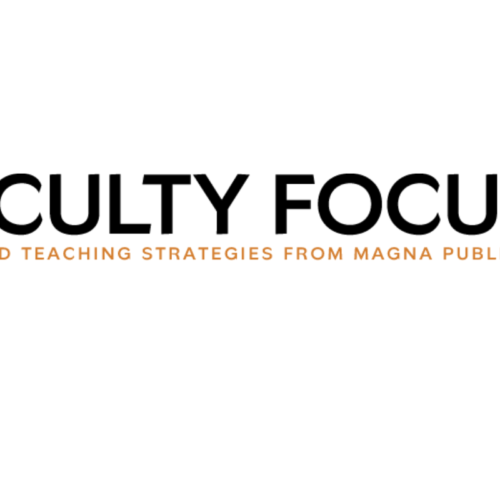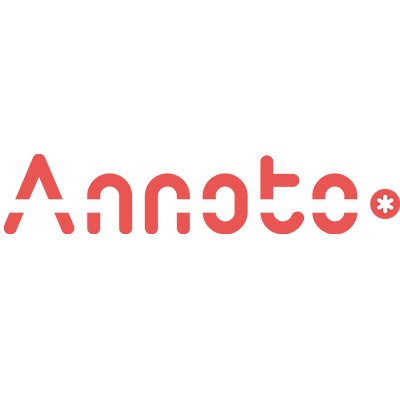High-Impact Practices in Teaching
Research has shown that high-impact teaching practices greatly benefit students, but there are many barriers that prevent these practices from being applied in the classroom, writes Richard F. Vaz, professor of interdisciplinary and global studies and director of the Center for Project-Based Learning at Worcester Polytechnic Institute, in a recent Inside Higher Ed op-ed. In the article, Vaz writes about resistance to high-impact teaching practices and ways that faculty can overcome these hurdles to successfully change curriculum.
Patterns of resistance to high-impact practices include faculty members feeling obligated to cover a large swath of information and doing so through lectures only, faculty and students used to passive learning resisting, or sometimes rejecting, active learning, and faculty members not setting the right foundation for teamwork.
Ways to overcome these problems include encouraging faculty to rethink their strategies through pedagogical development or institutional support; presenting examples of active learning or high-impact teaching; providing tools or models to encourage teamwork; developing faculty-driven assessment plans for high-impact teaching; and slowly implementing a culture change at the university that encourages innovative practices.
“At a time when the value of higher education is increasingly questioned, it’s essential for colleges and universities to prepare students for successful and satisfying lives. The abilities gained from project-based learning and other high-impact practices– especially transferrable skills related to collaboration, communication and creative problem solving–can position students for a solid, certain future and provide a blueprint for higher education institutions to make their value to society more evident,” Vaz writes in the op-ed.






